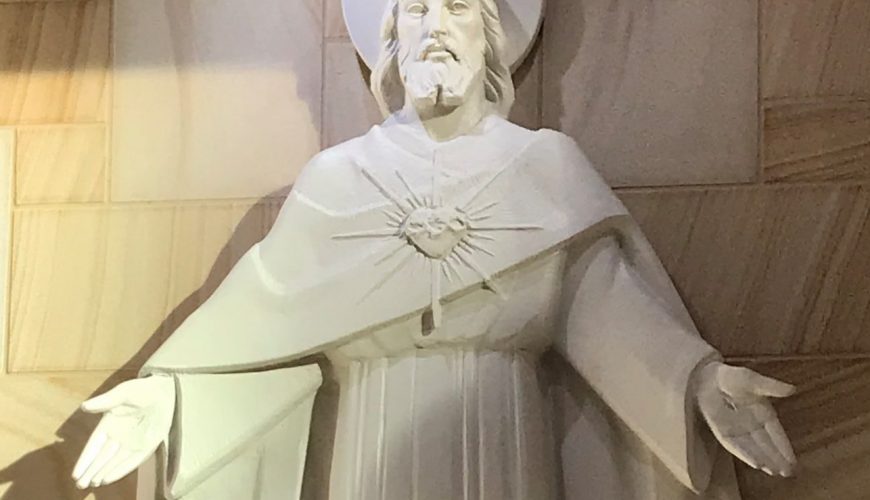Thomas and Faith
In this unusual situation, with the doors of the churches shut and your being asked to stay home, many people need a strengthening in their faith. They believe in Easter, yet there is a question in many minds, ‘Is Christ really risen and is he actually with us?’ People in various other times of history also had such need for such assurances to keep their faith. John’s Gospel, written in early the 2nd century, addresses the need of the faith community at his time. By the time John was writing the Gospel, there were many converts into the Church who considered that the disciples, who had the privilege of personally meeting Jesus, were superior to them. To them, John narrates a significant act of the risen Jesus. John uses symbolic language in his Gospel.
On the first day of the week is the beginning of creation. The disciples who locked themselves up because of the fear of the outside world were like dead men walking. They needed the life giving presence of God, and they got it. Risen Jesus, the Word of God, appeared to them and breathed on them and said, “Receive the Holy Spirit.” It reminds us of the creation narrative in Genesis. The breath of God created order and life out of chaos. Humans were created by God breathing into the figure made out of the earth. Resurrected Jesus breathed on the frightened disciples and they were made into a new creation. Jesus gifts them with peace, joy and the Holy Spirit. If you too are a bit lost in the present situation, know that the Risen Christ is breathing the Holy Spirit on you and gifting you with joy and peace.
Eight days later, Jesus appears to the disciples again. This time, Thomas who did not meet Jesus at the beginning of the week was present. He now represents the later converts to the Church. To them also the risen Jesus appears and gifts them with forgiveness, peace and joy. It is the same Jesus who appears at both times. He is the same Jesus who was crucified. To make it clear, Jesus shows his wounds. With this vision of Jesus, Thomas makes the ultimate profession of faith; he says, “My Lord and My God.” Through this story of Thomas, the Gospel shows that the later converts should not consider themselves any less than the first disciples.
The Gospel of John singles out Thomas to paint the picture of an ideal disciple. While other companions of Jesus were afraid to go with him to Jerusalem from Bethany, Thomas said, “Let us also go with him and die with him” (Ref John 11:16). He was also very eager to follow Jesus always and to all places. Therefore Thomas said, “Lord we do not know where you are going. Then how can we know the way?” (Ref 14:5) The intensity of Thomas’ love for Christ caused him upset at the news that Jesus appeared to other disciples in his absence. Therefore, he said, “Unless I see the mark of the nails in his hands, and put my finger in the mark of the nails and my hand in his side, I will not believe.” (Ref John 20:25) It is intense love for Jesus and strong desire to follow him which makes you a true disciple of Jesus. Such a strong bond with Christ will enable you to profess Jesus as your Lord and God, just as Thomas did.
Do not let the challenges of present times diminish your love commitment to Jesus. Continue to cherish the Easter gifts of joy and peace. If the early Christians could do it in their uncertainties in a hostile world, we too can do it in spite of the challenges we are faced with now. Without the routine of church practices your faith is tested now. Realise that your personal commitment to Jesus matters more than the Christian culture you are used to.

